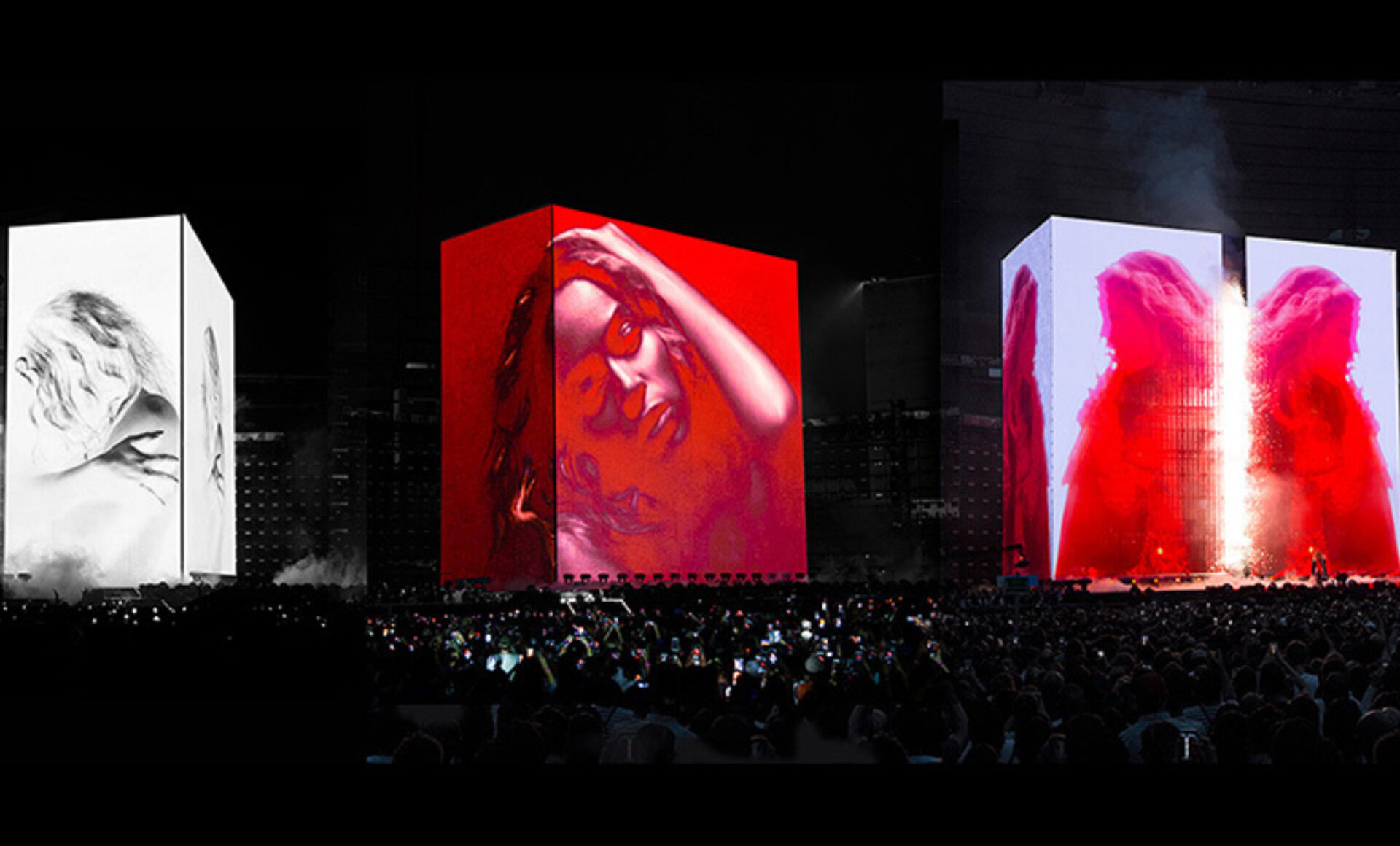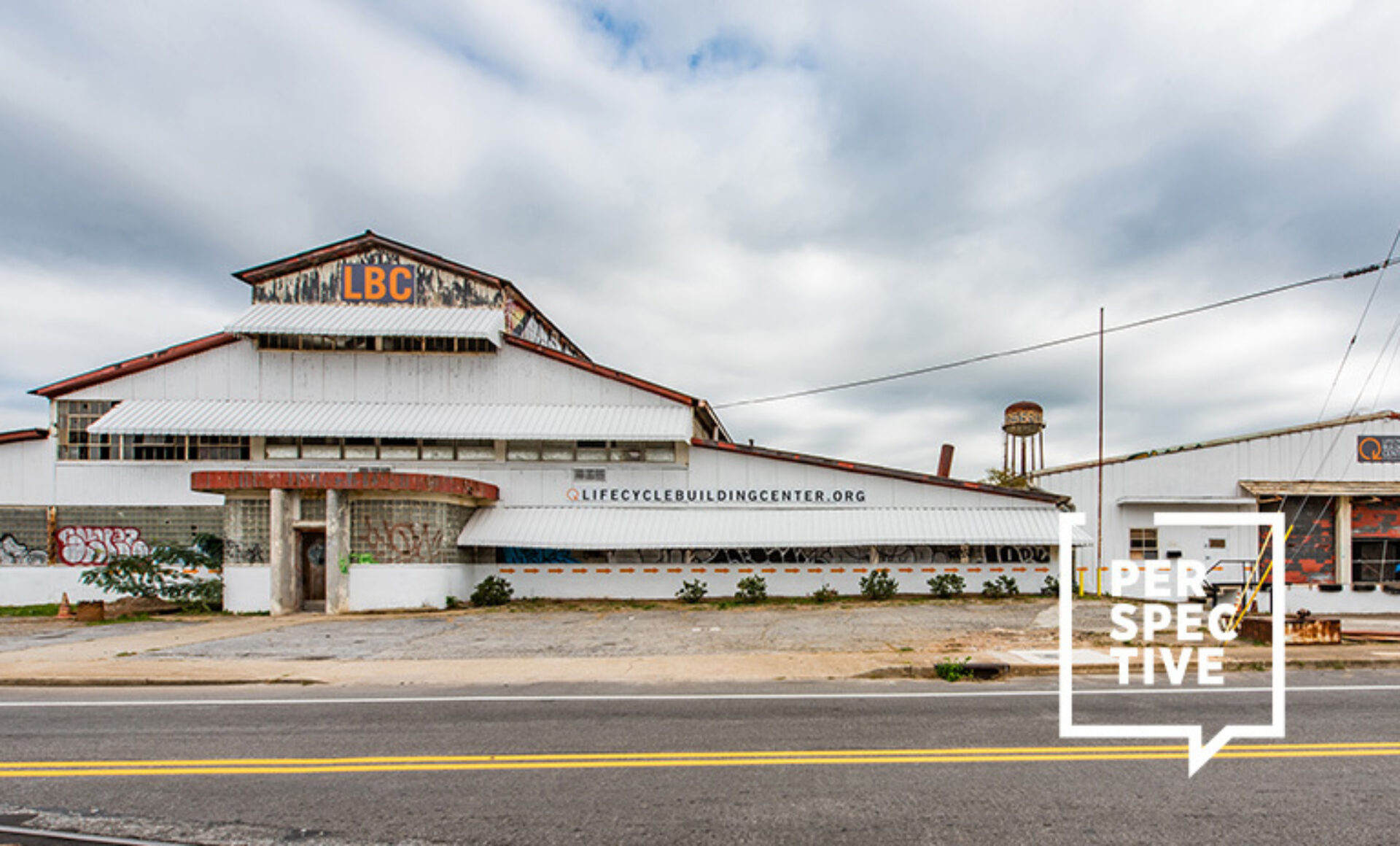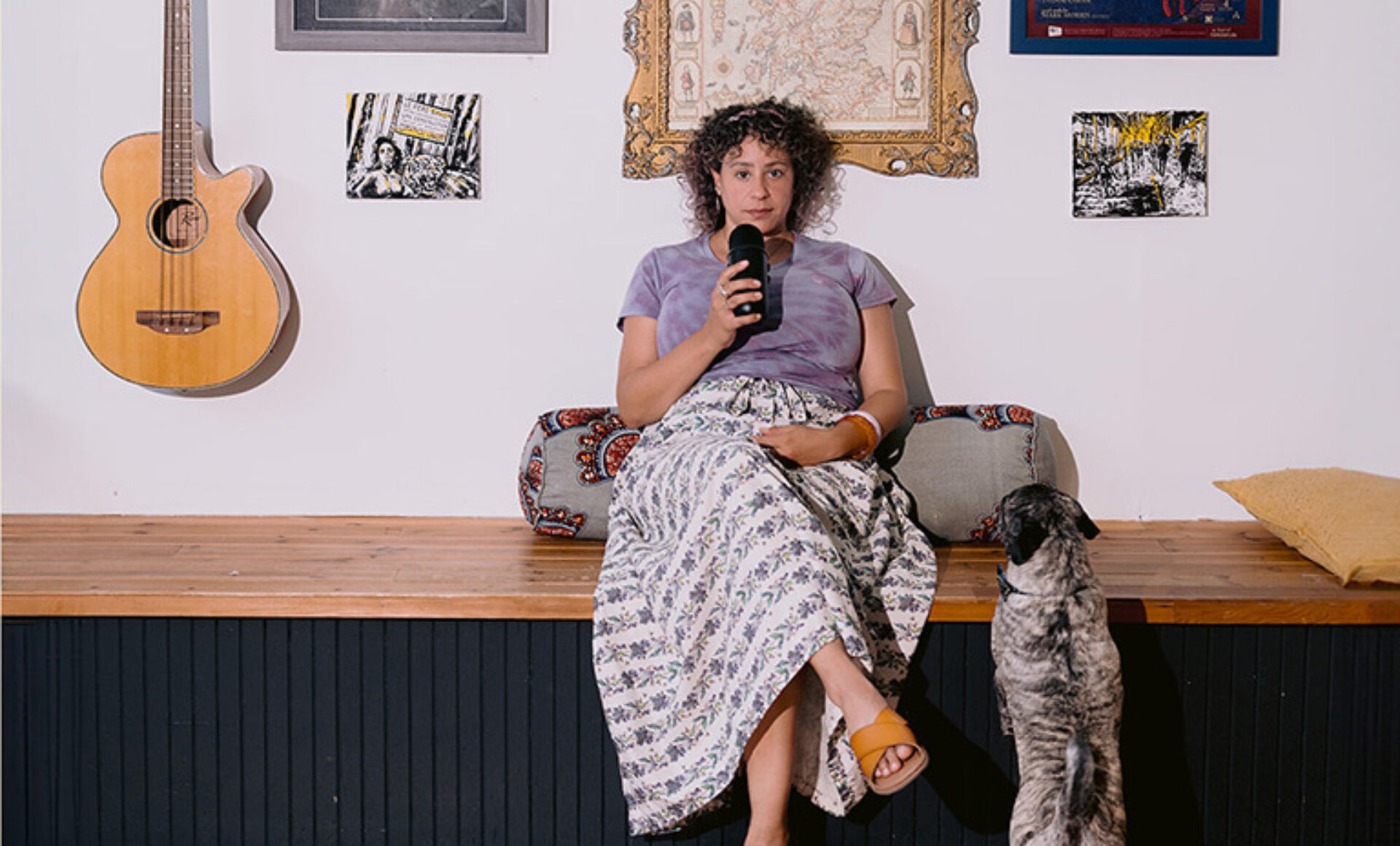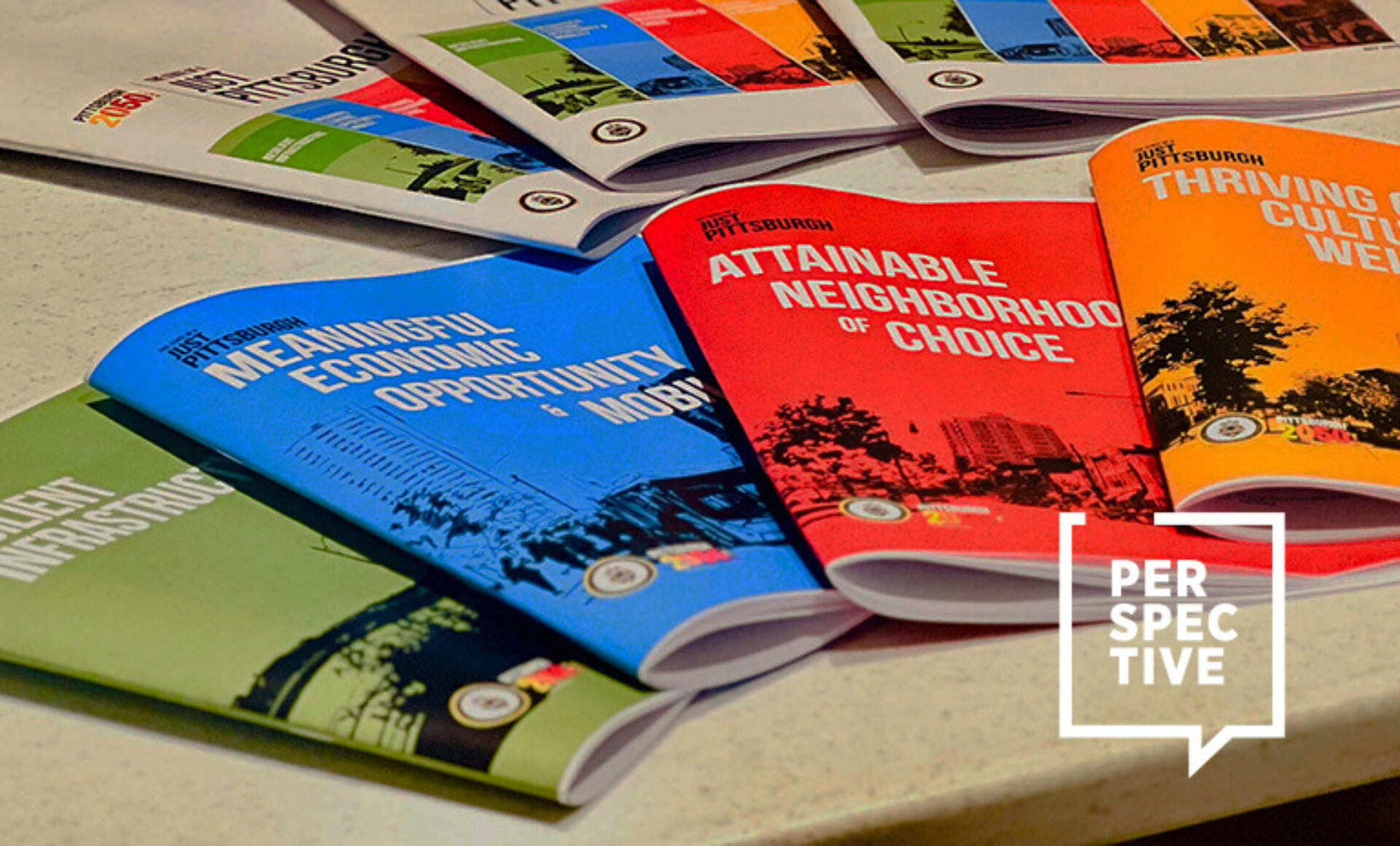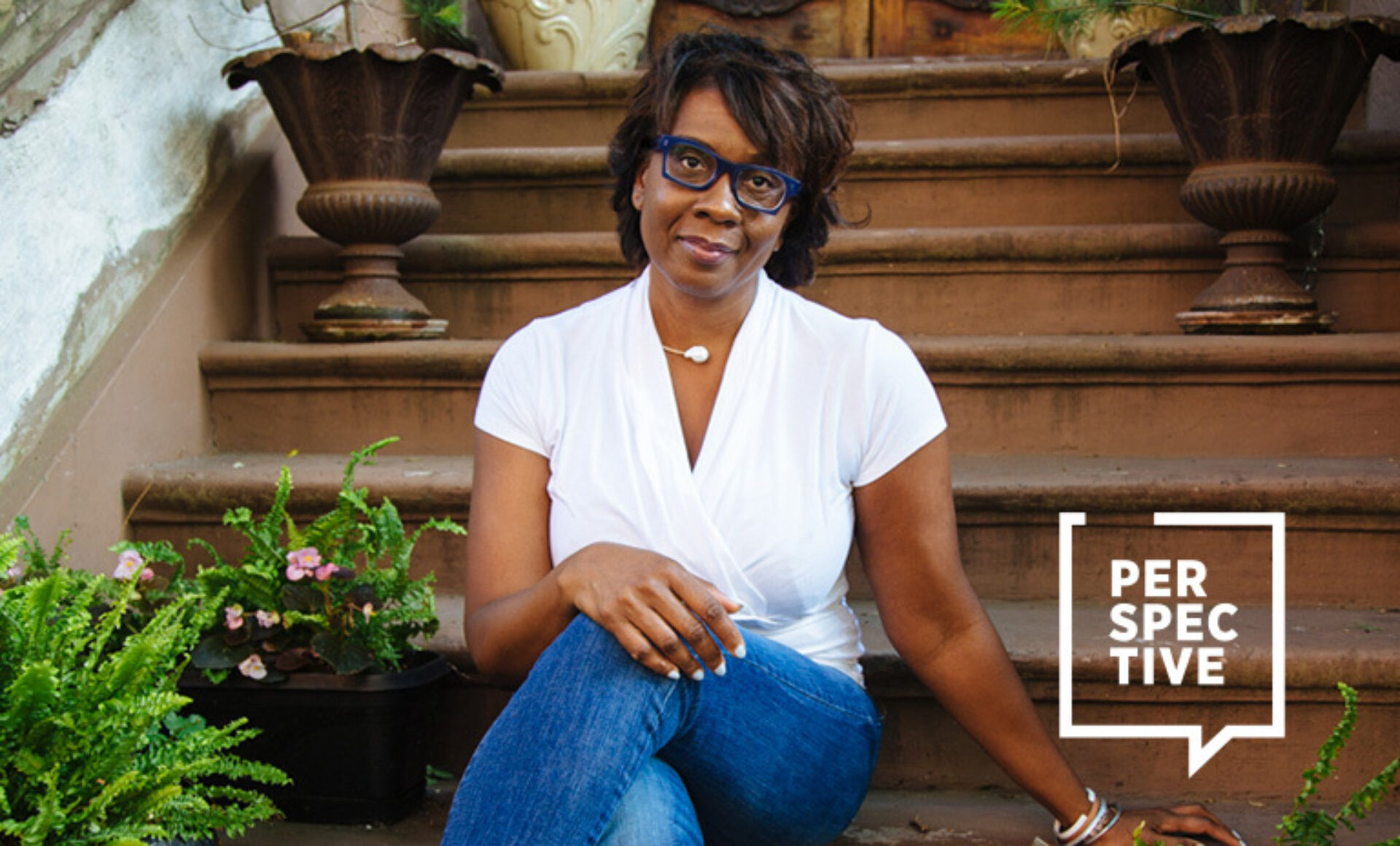(Above: Charlotte Douglas International Airport (CLT) - Terminal Lobby Expansion. Image courtesy of Gresham Smith)
Each fall, a group of emerging designers, students, and seasoned professionals gather at the IIDA + Interface Converge Summit to engage in discussions about sustainability and wellness in interior design. This event serves as a platform for both new and established voices to find inspiration, foster a sense of community, and exchange ideas and strategies that reinforce their dedication to future-focused design. On the heels of this year’s event, Amy (Vaughn) Trojacek, IIDA (Texas/Oklahoma chapter), and Jessica Rosales, connected to further this dialogue, emphasizing the importance of integrating sustainable and health-conscious elements into client projects.
Amy Trojacek, an aviation designer and associate at Gresham Smith, is a registered interior designer in the state of Texas with a portfolio that spans many industry sectors including aviation, corporate, and municipal projects. In her work, she utilizes many strategies and processes to make her designs not only sustainable but also long-lasting and resilient. Jessica Rosales, also a registered interior designer in Texas, is a senior interior designer and associate at BOKA Powell and a member of the Texas Materials Initiative. Her career spans a wide spectrum, encompassing luxury hospitality, corporate offices, casinos, and resorts on a global scale.
Trojacek and Rosales discuss their professional journeys, focusing on empowering clients to adopt sustainability and prioritize end-user health as key factors in their decision-making process.
Amy Trojacek: I am an interior designer at Gresham Smith specializing in Aviation. I’ve been working in the aviation market for about two years. Before that, I was working at a smaller firm where I did municipality buildings like city halls, fire stations, police departments, and higher education, and even before that, I worked at a dealership specializing in furniture. You can say I’ve touched a lot on my way here!
In aviation, we not only design the passenger experience, but everything back of house. Airports are like their own little cities. There are office spaces, police and fire, education, medical and healthcare spaces, and even hospitality and retail. It’s a very well-rounded market sector.

Jessica Rosales: I’m currently a senior interior designer at BOKA Powell. A majority of our work is corporate office building and corporate workplace, and some hospitality. We dabble a bit in sustainability projects—I’m currently working on a LEED project in Denver. We recently rebranded our hospitality studio, which we're calling 8080, a BOKA Powell Studio, which I’m leading the charge for.
I’m also a member of the Texas Material Initiative (TMI), an education and resource group for designers in Texas to learn more about the impacts of the materials we specify on health and the environment. We meet once a month virtually to discuss various aspects of material health and transparency, and have guest speakers, one of which was Material Bank who gave us a virtual tour of their facility. As a result, those of us at BOKA Powell who are a part of TMI have formed our own internal group to discuss how we better implement sustainability into our work.
Enabling sustainable and healthy design
AT: We're going to create waste. But how can we minimize it? A big part of this is encouraging lifelong projects. Airports see millions of passengers every year, and unlike say, the hospitality industry that gets refreshed every few years, airports can go 20-30 years without a refresh. Ensuring that we're selecting products that will withstand that volume of use and still look good we won’t have to replace products through that timeline is a big goal, and the whole of the design and construction teams play a big part in creating—and achieving—a sustainable plan.
JR: We have to think of things not only from a manufacturing standpoint but also the impact of the built environment. The effects of the finished product I’ve heard described as a “finishing soup.” We're applying all of these finishes to the surfaces in our designs in addition to the existing materials, and closing up the building, and then we fill it with people. And whether you know it or not, people are being exposed to the mixture of off-gassing from the materials and finishings, and that can affect people for a long long time. As designers, our job is to help people—we don’t want our work to have a negative effect.
AT: One thing about an aviation project is they have very long timelines whether they are renovation or totally new builds. I'm working on a project currently that will see three Olympics during the time of construction! Projects like this, that are in the works for 10-12 years, will have a Construction Manager at Risk (CMR) early on which allows us to bring in contractors earlier to ensure that everybody—the design team, the client, and the contractor—will be on the same page. This allows us to encourage more sustainable products, finishes, and solutions with them and since airports are Federally funded, there is a lot of incentive on their part to reach for those sustainability goals, which I think is a big part of our job as the design team is education our project managers and contracts what those goals are and how we can achieve them.
Trends aren’t always the goal
JR: Our motto—really from the top down is that we give the clients what they want. It's a little bit difficult because a lot of our clients are developers rather than end-users. We give the client options, it's really about educating and telling them what we think is best for them, and including more sustainable options. We have more influence as far as finishes goes. So even if the client may not necessarily be aware of the sustainability aspects of materials that we propose, it's about finding the right balance between client education, budget, and more healthy alternatives. It’s about reinforcing that great design isn’t always about being trendy—something can be a healthier choice and still look great with the added benefit of not causing harm.

AT: I really do feel optimistic about the fact that we are talking more and more about sustainability, in a way that’s about the longevity of products, buildings, and our built environment. And we're approaching the way things are built or reused in a different way. Being able to reuse the structure in the core of those materials, I think is important. I also see furniture manufacturers offering slipcovers so that we're not throwing away a well-made frame, but if the fabric is outdated, or has been ruined, it gives the client a less expensive, and wasteful solution.
I think we will make the biggest impact by thinking about how we as designers minimize the trend pieces and focus on classic, lasting, durable products. It allows us to minimize our waste but is admittedly an easier sell for clients that don’t do regular ‘refreshes’ or renovations. For instance, some clients may be refreshing their look more frequently and want that fast-fashion on-trend piece. It’s about explaining the benefits of something that is timeless, works today, five years from now, and can be repurposed or moved around and still work.
What do you love about this work?
AT: I love that every day is different! No client is the same, and no project is the same. I get to meet people all across the country and I'm learning something new every single day—there’s always a fresh perspective and opportunity to learn what makes people feel happy, or makes a space feel comfortable. We spend so much time of our days inside that providing environments that are comfortable or make us feel safe or are exciting, is so important. I really love the aspect of being able to provide a product that, no matter what, every person is going to experience differently.
JR: I love interior design. I love the idea of making the world better. It’s about meeting people where they are and explaining from a more human level why sustainability is important. I recently had a conversation with my dad and sister about plastic straws—if you really think about it, they are unnecessary, but really are so nice. It made me think about how a lot of things are unnecessary but nice and that my job is about finding the little things that allow us to have a big impact while still enjoying something that may just feel like a little luxury. But not just that—as designers we get to have a very big impact on not just today, but the future generation here on earth.


